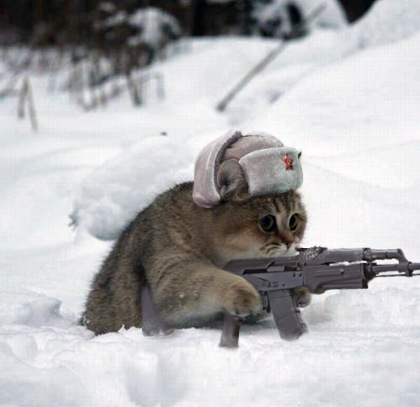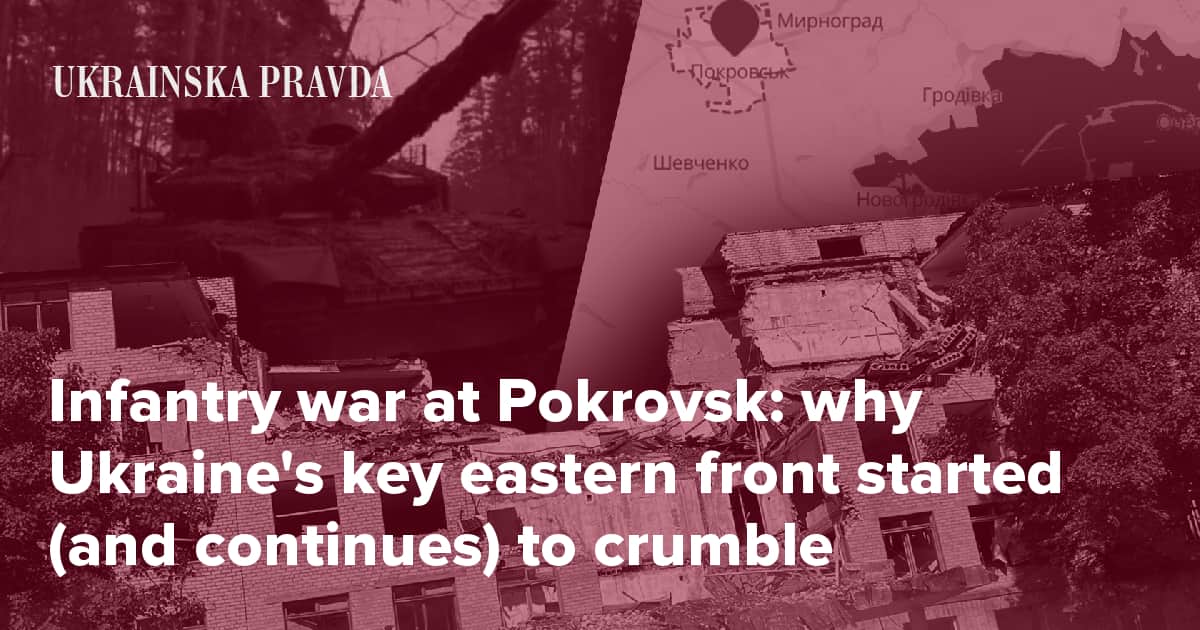“Before the offensive, I received intelligence that the Russians were going to assault Ocheretyne, where we had no troops at the positions,” the officer says. "I passed this information on to my commanders straight away, but the commander of the brigade stationed there [the 115th Separate Mechanised Brigade – ed.] responded: ‘We have forces there, they’re all there.’
Next morning the Russians started to walk into [Ocheretyne], moving through what were officially minefields – but in fact there were no mines there. After we surrendered Novobakhmutivka, Ocheretyne and Soloviovo, the front started to collapse at the rate we’re seeing now."
“When the Russians captured Ocheretyne, there was no stable contact line as such,” Vitalii the drone crew member adds. “No one knew where the front was. Soldiers in the villages of Sokil, Yevhenivka and Voskhod were walking around with guns in their hands, asking each other for passwords to figure out if they were dealing with one of us or the enemy.”
…
“The first problem on the Pokrovsk front is personnel numbers, the second is their level of training, and the third is the skills of the unit command. And then we run into the defence-related issues – tactics, measures, and so on.” This, a soldier from the 47th Brigade tells Ukrainska Pravda, is the order of priority of the reasons for the Russians’ super-fast advance.
…
“The backbone of the brigades was lost during the battles near Avdiivka, and the replenishments that arrived later left a lot to be desired,” says a source from the 68th, explaining the shortage of motivated people. "The mobilisation failed. Let’s be honest – each subsequent replenishment was less motivated and trained. So they could not reliably hold the defence.
In Semenivka we had about 90% experienced people in the unit and 10% newcomers. Now we have about the same ratio, but the other way round. And the average age of the newcomers can even be 55+, not 45+."
…
Bunkers and connected trench lines were indeed built on the Pokrovsk front – but there’s a catch. Many of these fortifications are unsuitable for serious defence. They’re frequently located in the middle of fields, which makes them visible to the enemy and difficult for the defence forces’ personnel, ammunition and supplies to reach.
“When [Ukrainian MP Mariana] Bezuhla posts photos of empty trenches and asks why nobody was defending them, I know exactly why. Because it’s stupid to sit in a hole in the middle of a bare field. Sooner or later an FPV drone will fly right into your face,” Vitalii tells Ukrainska Pravda angrily.
"On the Pokrovsk front, trenches and dugouts had been made right in the middle of fields, making logistics impossible. They dug anti-tank ditches that led directly from enemy positions to our rear positions, and it’s impossible to monitor them. These fortifications help the enemy advance more than they help us defend.
To occupy the dugout strongpoints on the Pokrovsk front I’d need to deploy an entire platoon, which I just don’t have.
It’s one thing not to have a good observation post. It’s quite another to leave positions in front of you that you’re unable to occupy, while the Russians have four alternatives with overlaps that allow them to move to the rear of your positions. I think the individual responsible for these fortifications should face criminal charges."
From Ukrainska Pravda no less.


